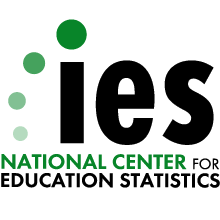



INTEGRATING
the Arts in Education
The action research presented in this report examines the academic and civic behavior outcomes of teenagers and young adults who were exposed to the arts or the integration of the arts in education. Using four large national databases to analyze the relationship between arts involvement and academic achievement, several small-group studies of children and teenagers who participated in arts education programs showed more positive academic and social outcomes in comparison to students who did not take part in those programs.
This study is the third to be published by the National Center for Education Statistics that provides national data to inform policymakers, educators, and school communities of student access to arts education. Specifically, research has focused on why students should receive instruction in the arts, how this instruction should be provided, and what arts education instructors should know. From the U.S. Department of Education, this study provides national data that informs these issues.
This information provides two objectives: researchers are provided promising lines of inquiry and a study of the academic effects on the integration of arts in education, as well as the design of arts education curriculum and instruction with insights that suggest strategies for deepening the arts learning experiences. Dance, Drama, Multi-Arts, Music, and Visual Arts are included in this examination.
Nonfiction Resources
Nonfiction Resources and Action Research. It is important that educators understand the foundations of integrating the arts in education and the importance of action research. Publications by reliable sources, such as the National Endowmnet for the Arts, National Center for Education Statistics, Arts Education Partnership, and Teachers College Press, are noteworthy for their determination in understanding the correlation between the arts and student achievement.
The following list of records will provide teachers, administrators, and curriculum coordinators access to a variety of nonfiction resources and a selection of action research that offers accurate information for integrating the arts in education.
Studio Thinking 2 will help advocates explain arts education to school districts, help teachers develop and refine their teaching and assessment practices, and assist educators in other disciplines to learn from existing practices in arts education. Research, related to the positive effects of art education on student learning across the curriculum, capitalizes on observations and conversations with educators who have used the Studio Thinking Framework in educational settings. Aligning with the English Language Arts and Mathematics Common Core Standards, included are examples of how this work has been used in schools, curriculum planning, teaching, and assessment across arts and non-arts disciplines.



